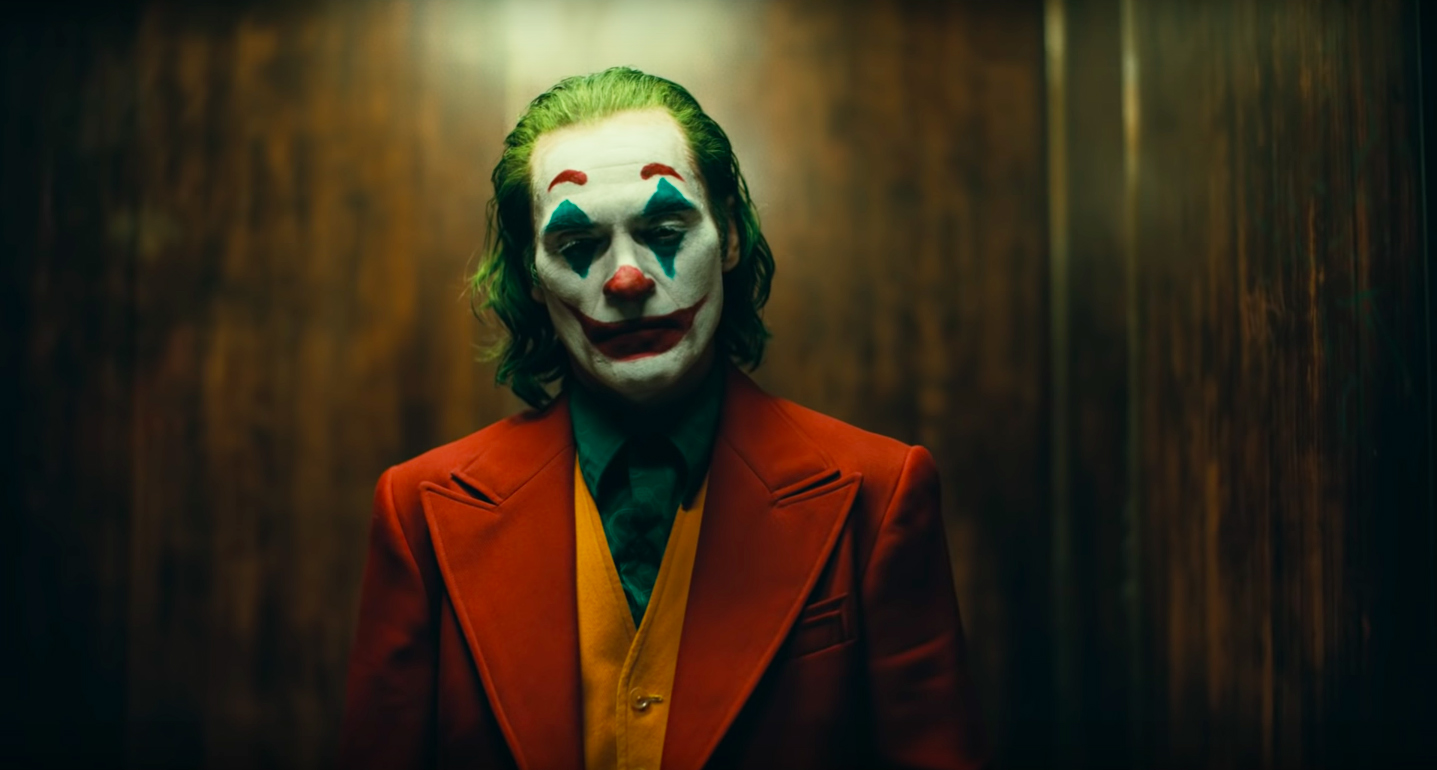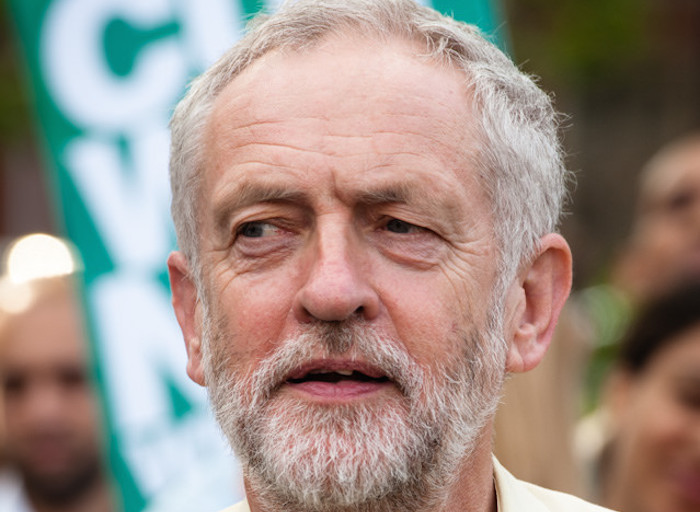By Holly Stimpson
Warning – This Post Includes Spoilers.
It’s been eleven years since The Dark Knight, which brought about Heath Ledger’s posthumously awarded Oscar for his portrayal of Batman’s infamous nemesis. With Jared Leto’s forgettable portrayal in 2016’s Suicide Squad, the cameras turn to Joaquin Phoenix for his take on the Joker.
Phoenix offers a deeply intense portrayal of the Joker’s descent into ‘madness’. Arthur Fleck is a performing clown, with a housebound mother and an uncontrollable laughing condition (pseudobulbar). Bullied, mocked, and humiliated, Arthur is constantly at odds with society. Phoenix gets up close and personal with the mentally and physically exhausting transition from Arthur to Joker. There is excellence in Phoenix’s ability to demand and hold attention, made so through his desperate attempts at restraint from laughter, and we, as viewers, are invited to sympathise with his character. Uncomfortable and saddening, Arthur’s inability to stop laughing in completely the wrong situations gives an insight into his future self.
Todd Phillips reworks Alan Moore’s The Killing Joke origin story with more realism and social commentary, yet still in keeping with the theme of ‘all it takes is one bad day’. Phillips opens the floor to the discussion of mental illness, highlighting how lack of attention and funding truly impacts individuals that suffer. Arthur losing his therapist, his emotional outlet, caused by a lack of government funding, begins the domino effect that ends in becoming Joker. Society turns its back on him and Phillips puts the spotlight on the government’s responsibility to divert their money and attention to members of society that truly need it most. Arthur gives up on his mental health and to translate this at face value shows it as both inaccurate and insensitive. In doing so it trivialises and demonises mental health as dangerous and villainous, with intense moments of ‘acting out’ as an unavoidable result. It creates a monster of mental illness, which cinema has not shied away from, take Split’s portrayal of dissociative identity disorder for example. However, this is the Joker, a historically famous psychotically ill supervillain, and his mental descent is part of his narrative. His transformation acts as a hyperbolic version of the outcome of giving up on mental wellbeing. This is a story of a character whose mental health spirals in order to create the Joker, and we cannot ignore that.
Abandoned by society, the Joker stands as a symbol for class oppression, igniting a rebellion against the rich; a classic response to the rich getting richer whilst the poor get poorer. Phillips portrayal of this broken capitalist society interestingly plays into Thomas Wayne’s character, who is traditionally shown as a pinnacle of change for Gotham, uplifting and rebranding the city. However, Joker paints him as an individual who lies and manipulates the working class in order to achieve power. His death coming as a result of the riots, rather than by a random mugger, ties in much smoother into his character arc.
Phillips has undoubtedly reimagined the Joker’s origin story for the better, taking you on an emotional and visual journey, uncovering all of who the Joker is. Whilst it can be criticised for its attitudes towards both mental health and violence, its attempt to bring forth a social commentary about such issues and positioning this discussion in Hollywood cinema is something to commend. It reframes the current zeitgeist in a timeless zone, bringing attention to social concerns that have been important and will continue to be important until change happens. You cannot deny this film’s excellence; a truly gritty behind the scenes look at the Joker that Phoenix smashes out of the park.




